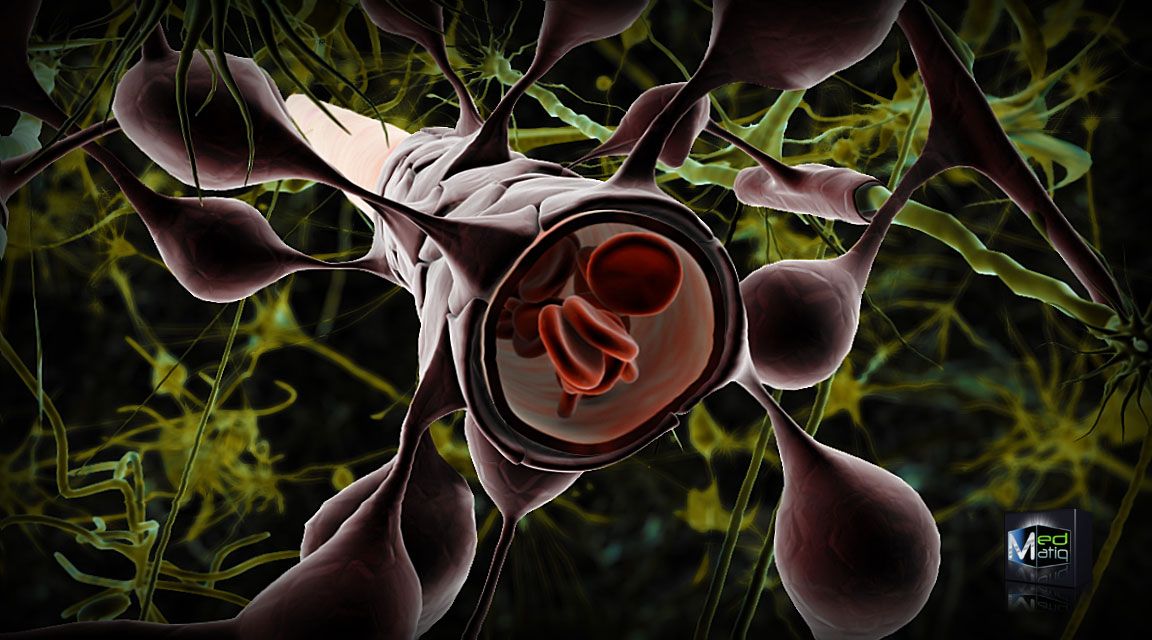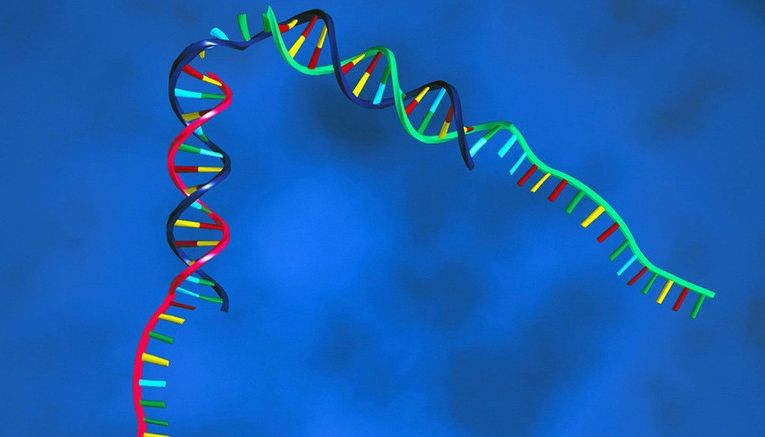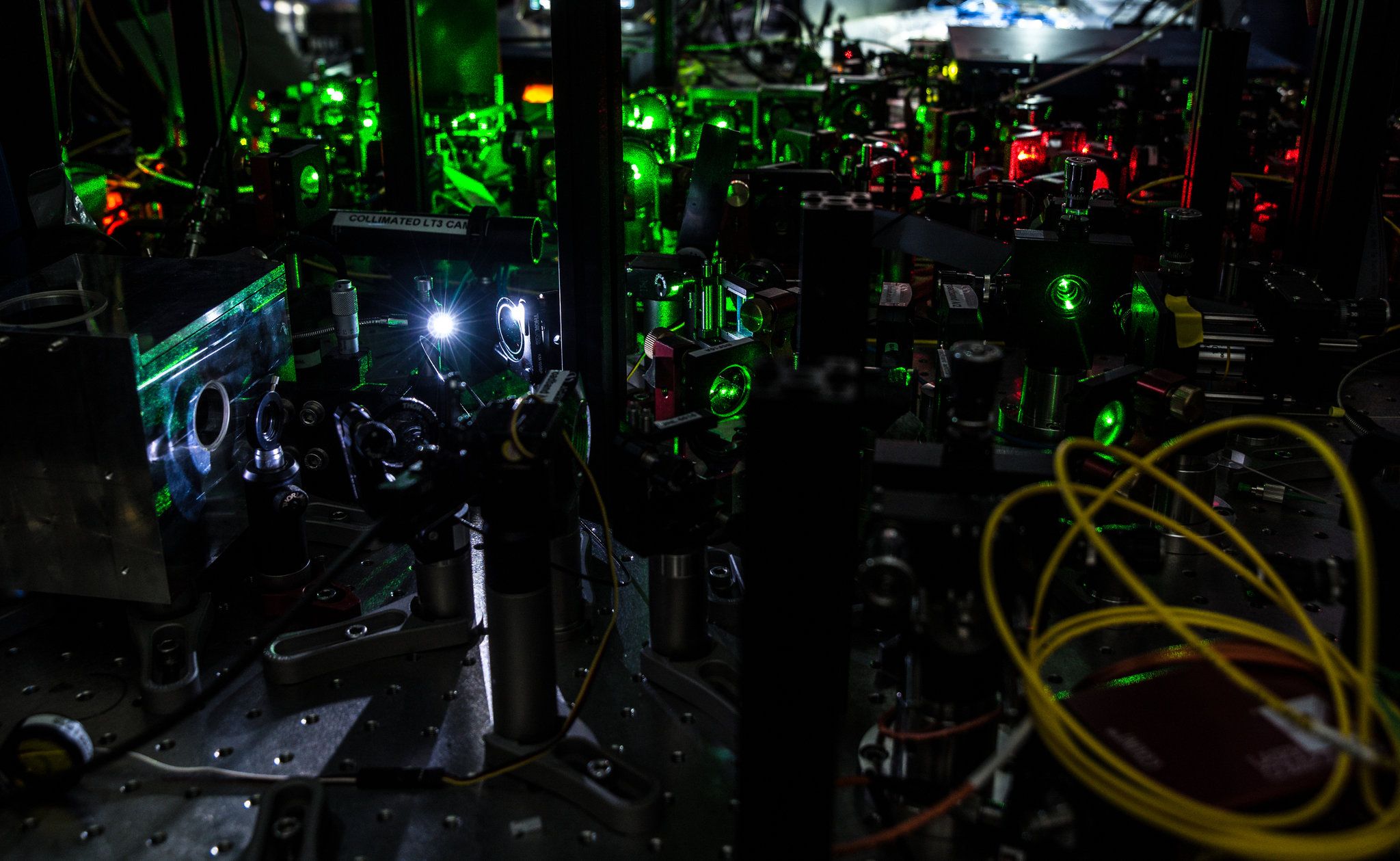Oct 22, 2015
Moon Express will launch the first privately-backed mission to the Moon in 2017
Posted by Shailesh Prasad in categories: robotics/AI, space
The primary objective of the mission is to find rare Earth elements that the team believes to be abundant on the moon.
California-based Moon Express is planning to make the first ever private moon landing by 2017. Their plan includes a series of robotic spacecraft intended to explore the moon’s surface and the possibility of commercial development. The company has teamed up with Rocket Lab to help launch their robotic spacecraft into the atmosphere. Rocket Lab uses battery-powered rocket engines that are cheaper than traditional engines.
If the plan succeeds, this is going to be the first ever privately-backed venture to achieve a lunar landing, and will hopefully encourage other enterprises to follow suit. From a financial perspective, the primary objective of this mission is to find rare Earth elements that the team believes are largely abundant on the Moon. If these elements are indeed found we can expect a new-age mini-lunar race to ensue.














